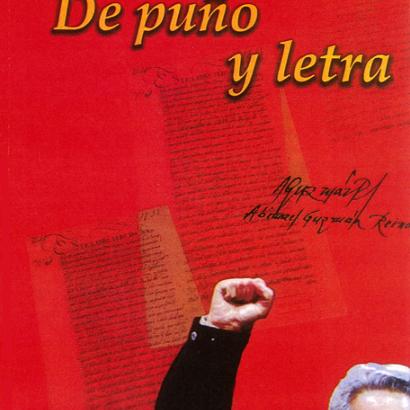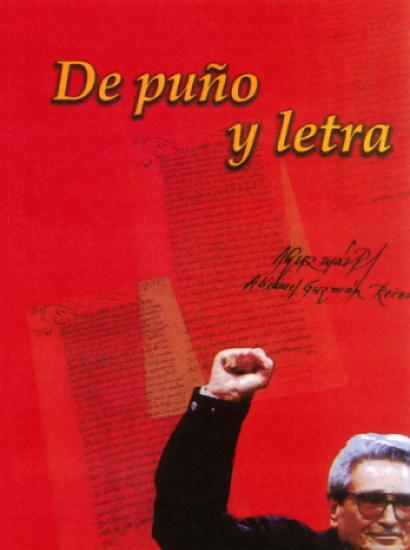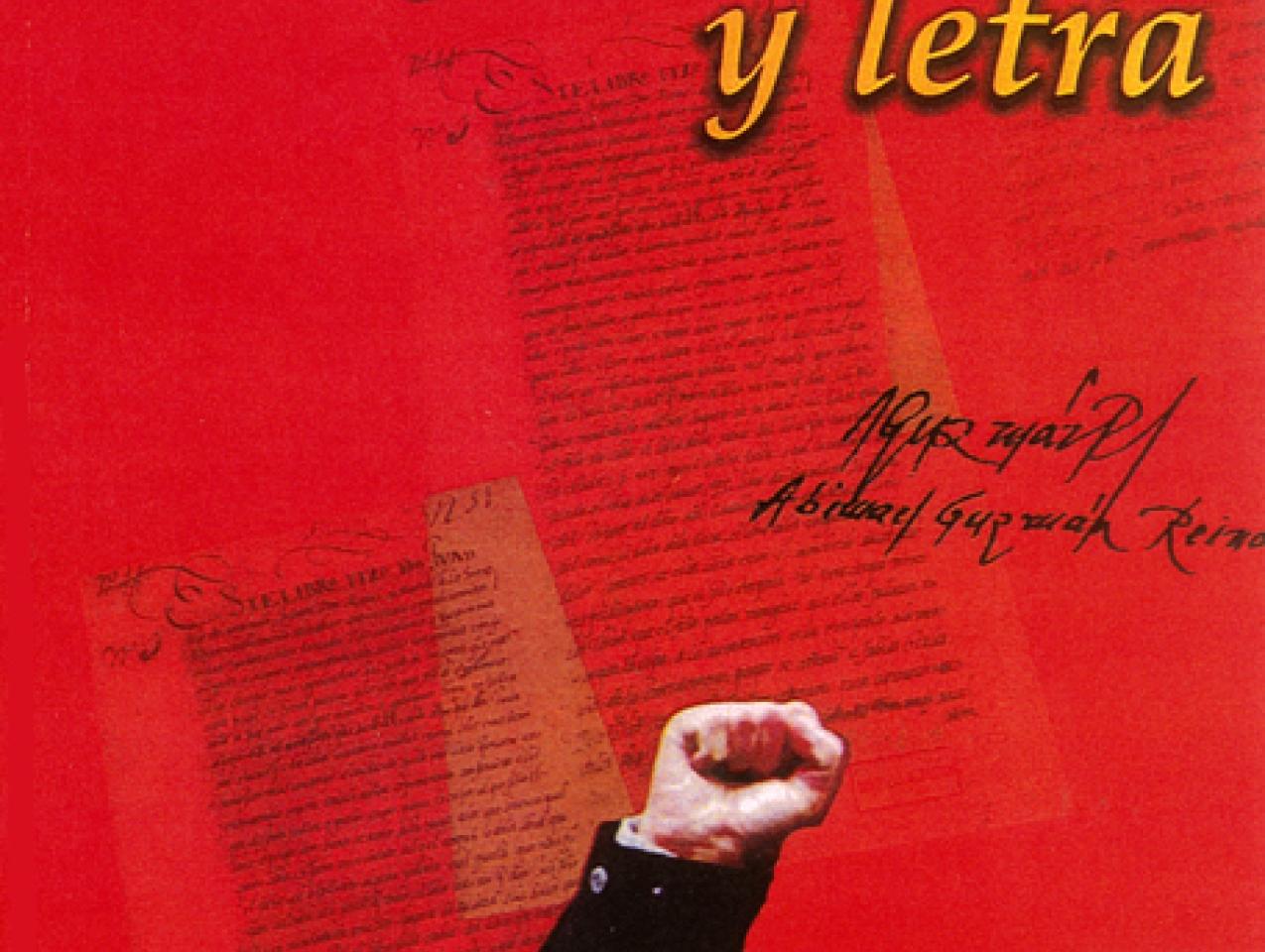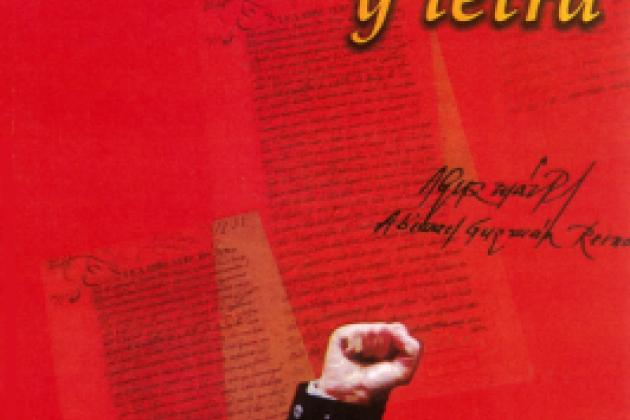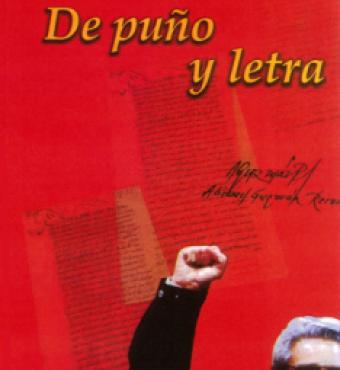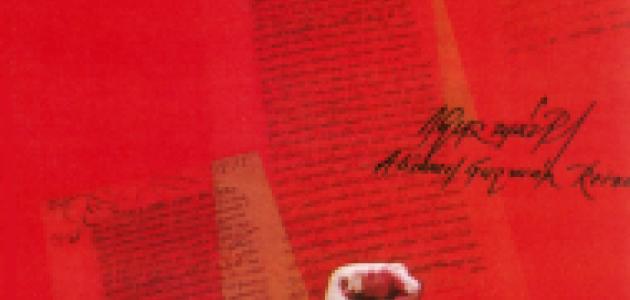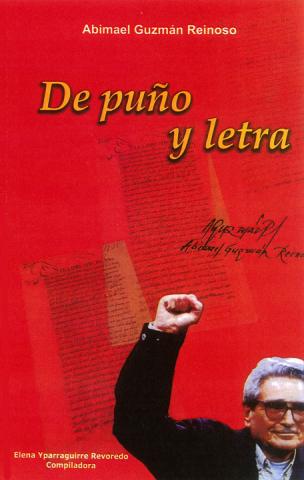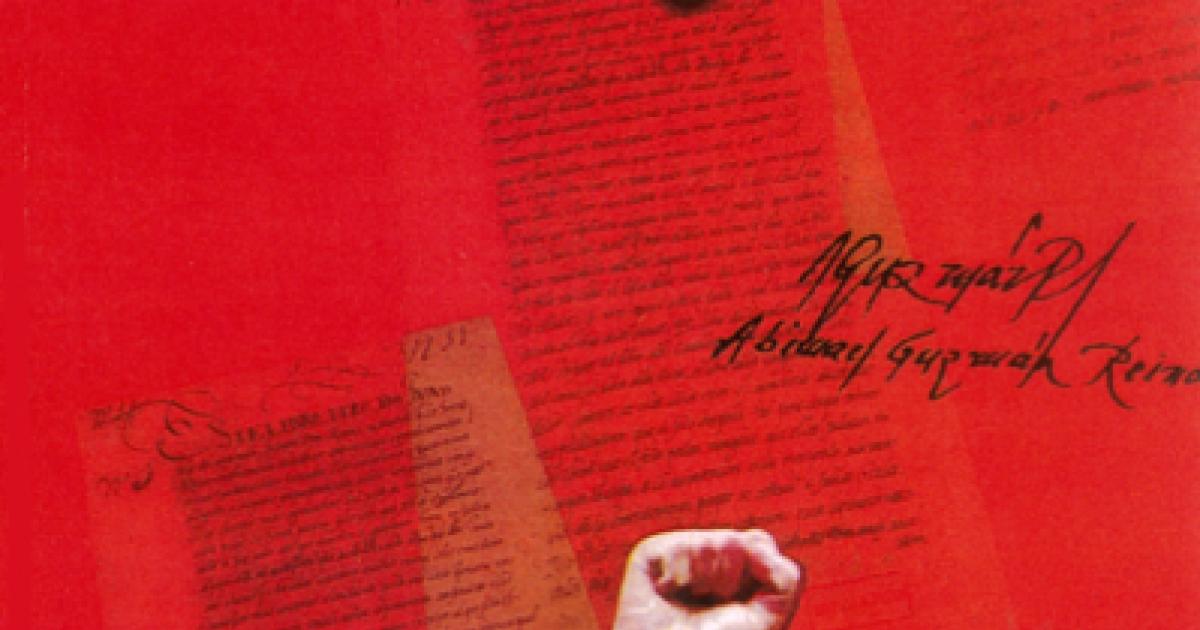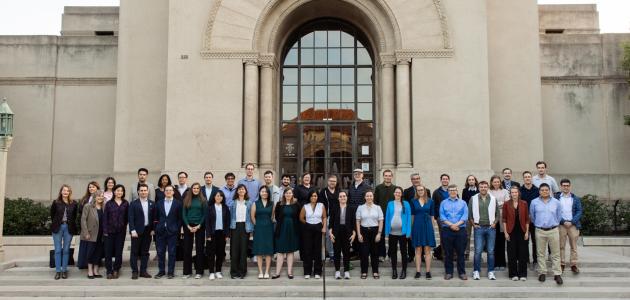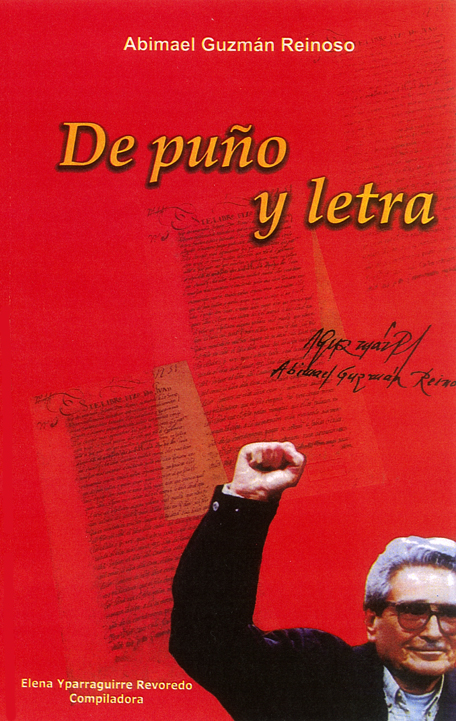
The Hoover Institution Library and Archives has acquired important materials on Peru’s leftist political and guerrilla/terrorist movements that developed between the rise of Maoism in the 1960s and the retrial in 2005–6 of the most murderous Maoist leader in the Western Hemisphere.
The most important of those movements was the self-proclaimed Maoist “Shining Path” (Sendero Luminoso or SL), which was founded by Ayacucho philosophy professor Abimael Guzmán Reynoso. Its full name, the Communist Party of Peru in the Shining Path of José Carlos Mariátegui (Partido Comunista del Peru en el Sendero Luminoso de José Carlos Mariátegui), clearly ties the group to Mariátegui, the founder of Peruvian communism in the 1920s, as well as to Mao Zedong. The connection to Mao is ironic given that China was turning away from advocating armed revolution to promoting domestic economic growth under Deng Xiaoping. Nearly seventy thousand people died in domestic conflicts in Peru between 1980 and 2000 (estimates are that at least ten thousand more deaths may have occurred), according to a national truth commission report in 2003. The SL was responsible for the majority of the deaths up to 1992, when Guzmán was captured by the government, though state forces and other insurgents also killed many. At SL’s peak of power, before Guzmán's capture, half of Peru lived in a state of emergency. Today a much-reduced SL remnant has links to the narcotics trade.
The recently acquired rare documentation on Guzmán and the Shining Path includes two critically important analyses authored by Guzmán, also known as President Gonzalo, dating back to the years of SL’s ascendency: Presidente Gonzalo rompe el silencio: Reportaje del siglo and Bases de discusión del PCP: Línea Militar Sendero y El Ejercito Guerrillero Popular: Estrategia y táctica para la toma del Poder. These contain the basics of SL Maoist thinking on Peru’s condition and strategy and SL tactics for taking power. They are available at the Hoover Library.
Another set of documentation consists of more than five thousand pages of minutes and other documents from Guzmán's trial. After his capture he was tried under emergency laws instituted by the Alberto Fujimori government, which included faceless tribunals and military courts. In 2003, Peru’s Constitutional Guarantees Court annulled these trials, per a mandate of the Inter-American Court of Human Rights calling for Peru to reform its antiterrorist legislation. From September 2005 to October 2006 Guzmán underwent a retrial in a civilian court, La Sala Penal Nacional or Peruvian National Criminal Tribunal, along with other SL leaders. Guzmán and his second in command (later wife), Elena Yparraguirre, were sentenced to life in prison for terrorism, murder, and other crimes. This collection was acquired by Hoover visiting fellow Gabriela Tarazona-Sevillano of the Peruvian National Criminal Tribunal in Lima.
A third piece is Guzmán’s memoir, De puño y letra, compiled and edited by Yparraguirre and published in 2009. Almost all of the thousand published copies were seized by the government; only four are known to exist in libraries in the United States and Europe, including the one at the Hoover Library. In traditional Spanish usage the title means something like "In my own words (or hand)," by which Guzmán means “This is the truth!” But he also undoubtedly meant the words to be taken literally: they also mean "Fist and letter/word." The literal translation invokes Guzmán’s characteristic stance with fist raised defiantly, as in the accompanying photograph taken at his trial, and his “word,” meaning gospel Maoism for the Andes. These materials focused on Guzmán add depth to the Sendero Luminoso publications in the archives.
The SL was the most prominent of the political and guerrilla/terrorist groups in Peru during the past half century, but there were many others. Collectively they reflect a typical Latin American tendency toward party fragmentation exacerbated by the breakup of the international communist movement that began in the 1960s with the Sino-Soviet dispute. In 1964 “pro-Chinese” members of the original Peruvian Communist Party (PCP) broke away from the party, which then became “pro-Soviet,” to form the PCP–Bandera Roja (Red Flag). Two additional Maoist parties split off from the Red Flag: the SL and the PCP–Patria Roja (Red Nation or Red Fatherland).
In the Paul Navarro collection the Hoover Archives has impressive documentation of the Red Nation, assembled by Navarro for his senior honors thesis at Stanford. Through family connections in the party, Navarro assembled a unique and invaluable collection of interviews and party documents. His excellent 150-page study of the Red Nation, and political/military conflict in Peru generally, was written under the direction of Hoover fellow Herbert Klein.




